By Saifnasr Bello
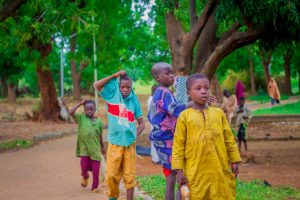
As the sun rises and sets over Gidanyaro, a small village that helps define the landmass of the Usmanu Danfodiyo University, Sokoto. Yet, as the sun rotates the Earth, for the children of this village, the clock seems to have stopped. Their dreams, trapped within the ruins of a forgotten school, and a society that blames them for dreaming.
It was a sunny Tuesday morning in July, when children of his age would have been within the walls of a classroom, seven years old Hashim wandering the street, a bowl in one hand which compliments his pleading reddish eyes.
“Yaro! Yaro!!” he beamed as he approached this reporter. Like every other kid of his age, Hashim wants to go to school, but fate had a different plan for him.
When asked why he doesn’t go to school, Hashim looks down and says quietly, “Our parents don’t believe in education. They won’t even buy us materials to go,” he whined, fumbling with the wool from his rag-like shirt he decked his shirt on.
His friend, Abubakar, doesn’t know his age, but speaks with surprising determination: “I want to become a soldier,” he told our reporter.
“I want to go to school too like other children like me in town,” he furthered.
Adding that, he now follows his brother to the farm during planting and harvest season.
“I don’t think much of it, since most of the children here are also following their parents to the farm,”
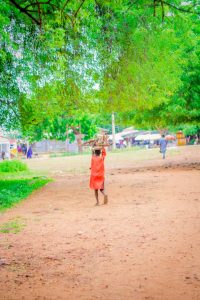
Inside Gidan Yaro Primary School
A visit to Gidan yaro primary school revealed a dire condition. Once envisioned as a citadel of learning, the Gidanyaro Primary School meant to serve the community with basic education, includes two blocks of five class rooms
The main block which was supposed to house the few pupils who still believe in the school lies in ruins , its classrooms empty, its walls crumbling, its roof detaching, and its purpose lost.
“It is only the students of UDUS around that mostly make use of the building for reading during exam period,” explained Bilal, a 400 level student of Usmanu Danfodiyo University Sokoto.
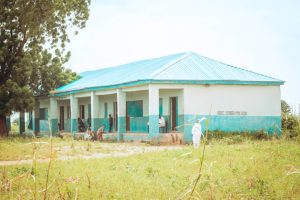
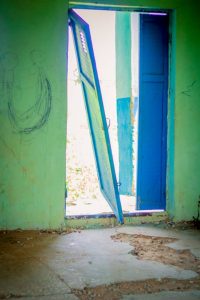
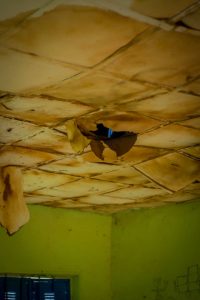
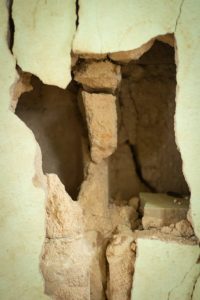
The other block revealed a very dire condition. The roofless facility has become a community toilet, a painful symbol of neglect and disillusionment.
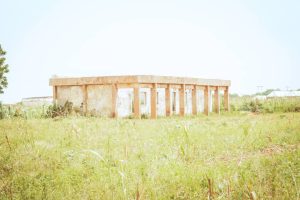
“If you enter that building, you will be irritated by the rate at which the villagers have destroyed it,” Bilal furthered.
“It is as if no one has a functional toilet in this village and it’s sad,” he ended.
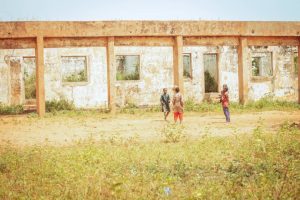
Meanwhile, in Nigeria,18.44% of the population was said to have practiced open defecation in 2022, which equates to approximately 46 million people. This practice is more prevalent in rural areas, with the North Central region having the highest rate at 53.9%.
With the school left to decay, the community has found other uses for it, most disturbingly, as an open toilet. What was once a place of hope and learning now stands as a monument to failure, both infrastructural and societal.
More Woes…
When this reporter met Shamsu, he was rushing to meet his brothers on their way to the farm. He saw a few of his friends at the school that morning, but he looked away within a second.
When asked why he wasn’t in school like other pupils his age, he said he wasn’t enrolled. When asked about what he hopes to be in the future, Shamsu simply says, “God knows best.”
It is not new that students make a school. But what is a school without students?
That question echoes through the deserted compound, where silence has replaced the sound of lessons once hoped for.
The Swimmers of Jattau River Spring
It was on a school morning in July. This reporter decided to visit Jattau, a pedestrian bridge that helps define the Walkway of Usmanu Danfodiyo University, Sokoto.
When this Reporter reached the bridge, series of school age kids were found swimming as students of the university hurried to their lecture halls.
“Do these kids not have parents?” one female students said.

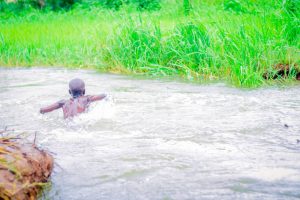
“They were supposed to be in a classroom, but sadly, this is where they spend their time everyday,” another undergraduate who preferred not to be named told this Reporter.
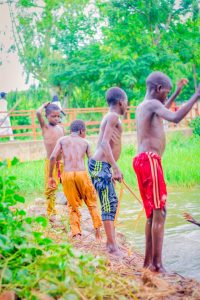
A glance at this children; one could see a wave of happiness taking over their innocent faces. They appeared to be having a good time at the expense of a future they could have had within the walls of a class room.
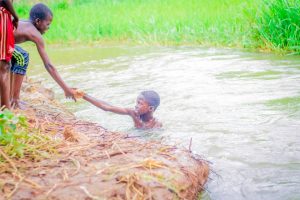
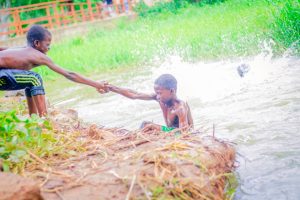
Despite increased primary school enrollment, Sokoto state accommodates 113,208 Almajiri children, mostly boys living outside of family care, a 2020 research conducted by the United Nations Children’s Fund (UNICEF) revealed.
According to a report released by the National Senior Secondary Education Commission (NSSEC), Northern Nigeria recorded the highest school drop-outs in the country, with over 63 percent out of 127,067 children dropping out of school nationwide. Which implies that the region has 80,052 dropouts.
Behind Kano, has the third state topping the chart, Sokoto, breeds 11,339 drop outs with predominantly male children who cover 7,610 of the figure. Factors such as poverty, prioritizing Madrasa makes formal education a major problem in Sokoto.
All attempts to get the comments of the Headmaster proved abortive as the man declined all attempts to get his comment.
